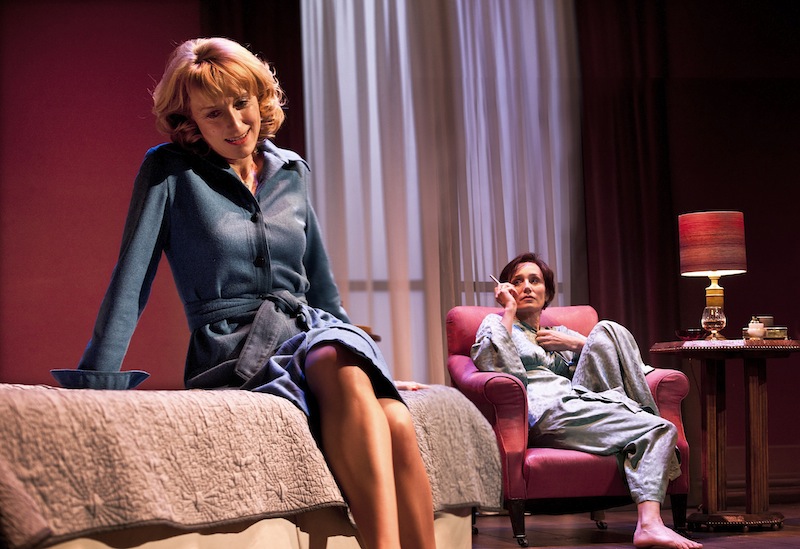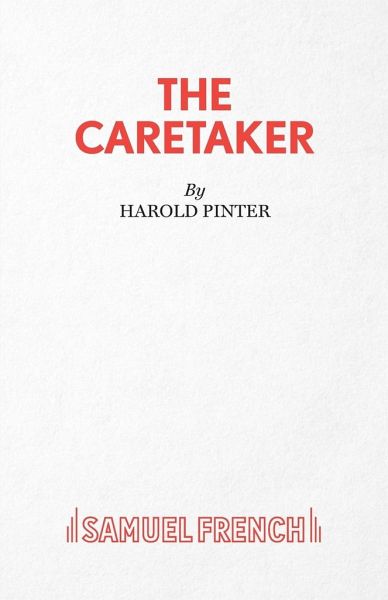

For five years Jerry and Emma carry on their affair without Robert's knowledge, both cuckolding Robert and betraying Judith, until Emma, without telling Jerry she has done so, admits her infidelity to Robert in effect, betraying Jerry, although she continues their affair. Inspired by Pinter's clandestine extramarital affair with BBC Television presenter Joan Bakewell, which spanned seven years, from to, the plot of Betrayal integrates different permutations of betrayal relating to a seven-year affair involving a married couple, Emma and Robert, and Robert's 'close friend' Jerry, who is also married, to a woman named Judith. Although the development of the events and the dialogue is highly naturalistic, the subordination of the various plot elements to a governing abstract idea and its expression as pure form may be seen as moving towards abstraction and conceptualization.īetrayal is a play written by Harold Pinter in Critically regarded as one of the English playwright's major dramatic works, it features his characteristically economical dialogue, characters' hidden emotions and veiled motivations, and their self-absorbed competitive one-upmanship, face-saving, dishonesty, and self- deceptions.

Even such a basic analysis of the title already directs our attention to the relation between the style of the play and modern trends in art, such as abstract and conceptual painting. The omission of the article indicates that the topic is the idea of betrayal, its generalized or abstracted structure, and not the story of one particular instance of betrayal. In this paper, I will analyze the play as an experiment in abstraction, a presentation of human relationships in terms of game sequences, and a post-modern, aesthetic and ironic treatment of what used to belong to religion and ethics. The chronological reversal is instrumental to this general shake-up of the dramatic form and style. Betrayal by Harold Pinter : Harold Pinter : Free Download, Borrow, and Streaming : Internet ArchiveNow that the initial excitement about the daring time-reversal of its plot has settled down, the artistic contours of the work can be seen more clearly: the supremacy of its abstract shape over its narrative content, its position on the relevance of time to memory, its dispassionate, ironic tone, and its deliberate avoidance of a moral stance.


 0 kommentar(er)
0 kommentar(er)
